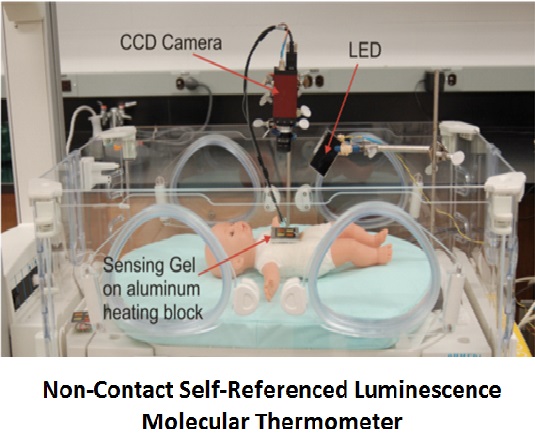A research team at Florida State University has uncovered a molecule that looks like a butterfly that could find employment in the creation of novel sensors. Under certain conditions, the molecule can emit white, blue, or red light, sense temperature, and convert photon energy into mechanical motion.
About 10 years ago, Department of Chemical and Biomedical Engineering Associate professor Biwu Ma in the FAMU-FSU College of Engineering, created the molecule and is still discovering what it can do. One of several unique capabilities, when the butterfly molecule “flap its wings” it emits blue and red light simultaneously in certain environments. Naturally the molecule does not do this without some help from the outside world in the form of photo excitation. This dual emission means the singular butterfly molecule can create white light, a feat that usually requires a number of luminescent molecules to pull off.

Professor Biwu Ma and his research team
Another quality, the butterfly is highly sensitive to temperature. This indicates it can be used as a temperature sensor. Temperature changes would translate via changes in light-emission color. For example, professor Ma and team are trying to create noninvasive thermometers that can take accurate temperature readings on infants.

Noninvasive thermometers for infants
They are also investigating the molecule’s viability for use as a nano-thermometer for intracellular temperature mapping in biological systems.

Also on the drawing board, the researchers are attempting to create molecular machines that operate by sunlight. “These new molecules have shown very interesting properties with a variety of potential applications in emerging fields,” Ma said. “I have been thinking of working on them for quite a long time.”
For more details, visit http://about.research.fsu.edu